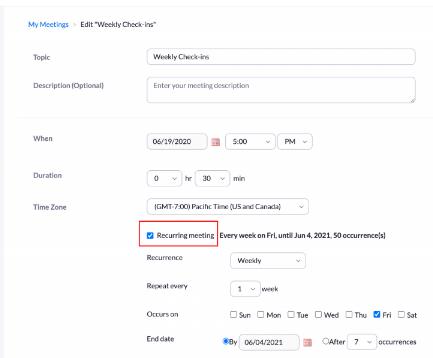How to Set Up an Effective Meeting Agenda?
An effective meeting agenda is the backbone of a productive meeting. It directs the discussion, minimizes wasted time, and ensures that key objectives are addressed. Below, we explore how to craft an agenda that not only meets but exceeds these goals, equipped with practical tips and specific data.

Identify the Meeting Objectives Start with clarity on what you aim to achieve. According to a study by Microsoft, meetings with a clearly defined purpose are up to 30% shorter and more productive. Specify whether the meeting's purpose is to solve a problem, make a decision, update the team, or brainstorm new ideas. This clarity helps in structuring the rest of the agenda effectively.
Limit the Number of Topics Concentrate on the essentials. An agenda overloaded with topics often leads to superficial discussions that lack depth. The rule of thumb is to include no more than five main topics for a one-hour meeting, allotting approximately 10 minutes per topic. This ensures each item receives adequate attention and deliberation.
Allocate Time Wisely Time management is crucial. For each agenda item, assign a realistic amount of time based on its importance and complexity. A Harvard Business Review report suggests that meetings where time limits are strictly enforced tend to yield higher decision quality. Clearly communicated time limits keep discussions focused and participants engaged.
Assign Roles for Each Segment For every agenda item, assign a leader or a presenter. This person is responsible for steering the discussion and keeping it within the allotted time. This role distribution not only balances the workload but also increases engagement, as team members take ownership of their parts of the meeting.
Include Preparation Tasks Provide participants with pre-meeting tasks or materials. A study by Atlassian found that participants who come prepared contribute 50% more effectively. Whether it's reading a report, bringing in data, or preparing a brief presentation, pre-meeting preparation turns passive attendees into active participants.
Build in Breaks for Longer Meetings If the meeting exceeds one hour, schedule short breaks to maintain energy levels and focus. Neuroscience research indicates that the human brain can only focus effectively for about 90 minutes at a time. A five to ten-minute break during longer sessions can significantly enhance participant concentration and productivity.
Set Aside Time for Questions and Wrap-up Ensure your agenda includes time at the end for addressing any questions and summarizing the key outcomes and next steps. This final segment helps clarify any misunderstandings and reinforces the meeting's achievements, setting the stage for follow-up actions.
Communicate the Agenda Early Distribute the agenda at least 24 hours before the meeting. This notification gives attendees the opportunity to fully prepare, which can lead to a more focused and effective session.
Review and Adapt Finally, always seek feedback on the agenda’s effectiveness post-meeting. This continuous improvement will help refine the process, making each meeting more effective than the last.
For more in-depth strategies on how to set up an effective meeting agenda, check out this comprehensive guide: how to set up an effective meeting agenda.
Implementing these steps will ensure your meetings are not just gatherings, but strategic tools for achieving specific outcomes efficiently and effectively.
